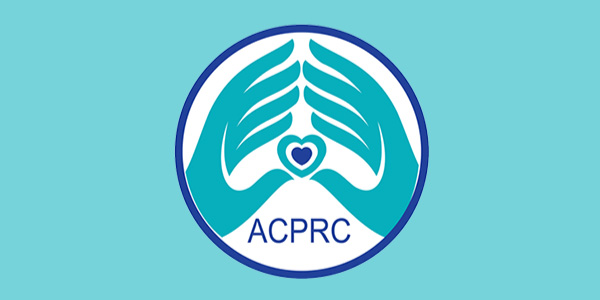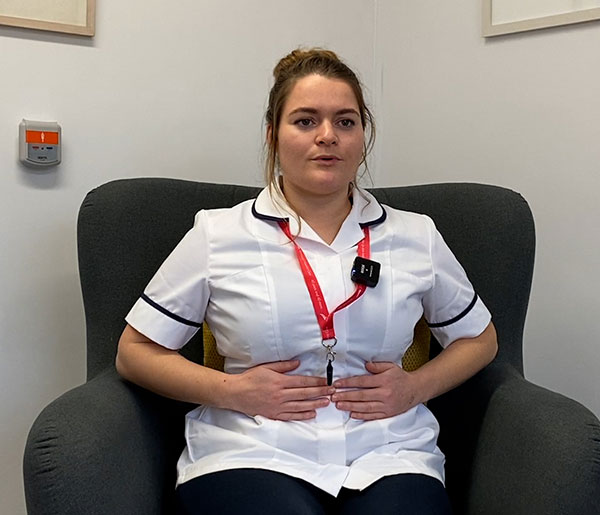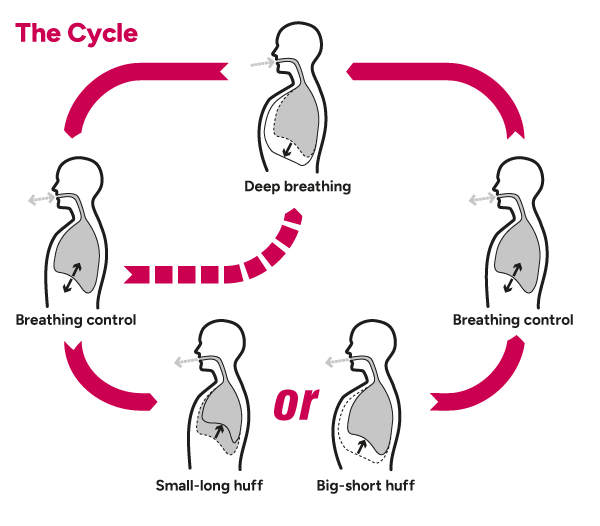OUR CARE
Managing breathlessness
There are several conditions that cause lung problems, which in turn, may cause you to experience shortness of breath (or breathlessness). Whatever your illness, experiencing breathlessness can make you panic, feel anxious or frightened, and be upsetting and frightening for your loved ones.
Many daily tasks can make you breathless, such as walking, getting dressed or doing jobs around the house. Your environment and the weather can also be a factor, as well as how you feel emotionally. When you learn to control your breathing, these feelings will not trouble you as much, and you can do more.






